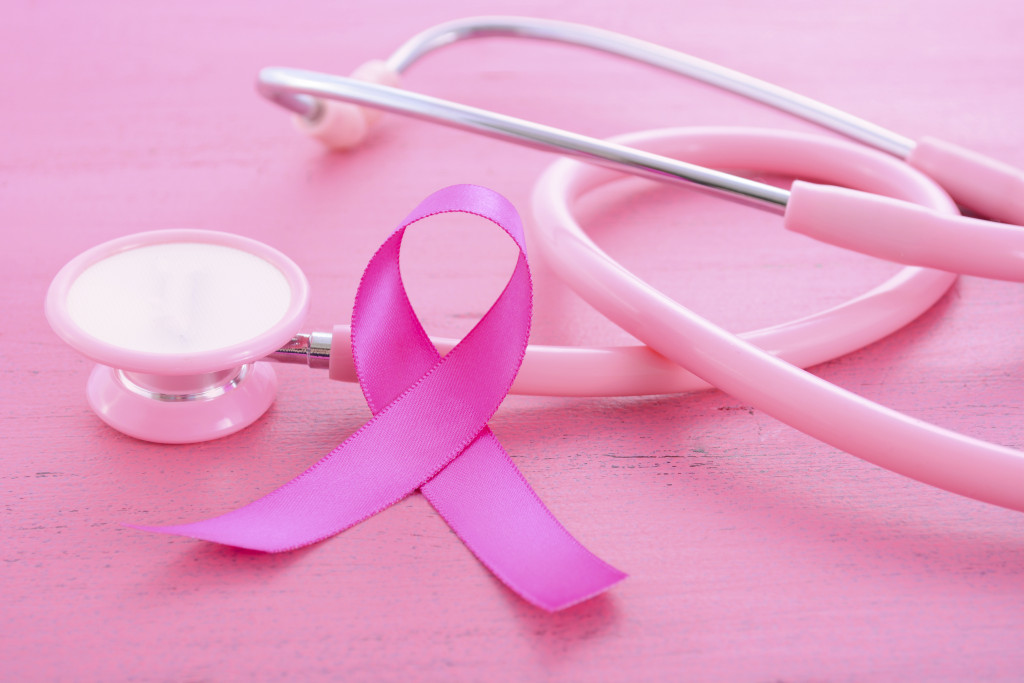Breast cancer is the most common cancer in women, with one in eight women estimated to develop the disease during their lifetime. While there is no surefire way to prevent breast cancer, particular lifestyle and dietary changes can help reduce your risk. This article will explore four tips for women to reduce their risk of developing breast cancer.
Avoid Smoking
Smoking has been linked to various health problems, including an increased risk of developing breast cancer. Smoking exposes the body to several carcinogens (cancer-causing substances) that can damage DNA and increase the risk of cancerous cell growth. For this reason, women must avoid smoking and second-hand smoke exposure to reduce their risk of developing breast cancer.
Quitting smoking is not easy, but there are resources to help. For those looking to quit, it is vital to have a support system in place from friends and family. Additionally, many support groups offer advice and guidance for quitting smoking. Online resources also provide helpful tips on how to cope with cravings as well as strategies for quitting.
Methods such as nicotine replacement therapy (NRT) can also be effective for those trying to quit smoking. NRT involves using over-the-counter or prescription products that are designed to help reduce cravings. Its products come in various forms, including patches, gums, inhalers, and lozenges.
Reduce Alcohol Consumption
Research has shown that even moderate alcohol consumption can increase the risk of developing breast cancer by 30 to 50%, so try to keep your intake in check (seven drinks per week or less is generally recommended). If you’re going out for a night on the town, remember to drink responsibly and keep your tab in check.
If you’re having trouble cutting back on your alcohol consumption, there are a few things to consider. First, it can be helpful to set limits for yourself ahead of time by deciding how many drinks you’ll have before you start drinking and sticking with that limit. Additionally, try alternating between alcoholic and non-alcoholic beverages to help you stay hydrated and reduce the amount of alcohol you consume.
Finally, it can be helpful to distract yourself from other activities while at social gatherings. This could involve playing games, dancing, or conversing with friends and family. By doing this, you may drink less without even realizing it.
Visit a Doctor Annually

Women must visit their women’s doctor annually for a breast exam, which can help catch any lumps or abnormalities early. Depending on your risk factors, your doctor may recommend other screening tests, such as mammograms or ultrasounds. Additionally, make sure to ask your doctor any questions you have about breast cancer and your risk.
Your doctor can also discuss lifestyle changes that you can make to help reduce your risk of developing breast cancer. This could include eating a healthy diet, exercising regularly, reducing stress, and getting enough sleep.
In addition to these lifestyle changes, there are treatments available that may lower the risk of breast cancer in women with a family history of the disease or who are at an increased risk due to their lifestyle choices. For example, certain types of hormonal therapy can help reduce the risk in postmenopausal women. Another example is surgical prevention, which involves removing a woman’s ovaries and Fallopian tubes.
By taking the necessary steps to reduce your risk of developing breast cancer, you can help ensure that you remain healthy and have the best possible outcome if you do develop the disease.
Stay Informed
Finally, staying informed about the latest breast cancer research and prevention techniques can help you make more informed decisions about your lifestyle habits. Check in with national health organizations such as the American Cancer Society for updates on new initiatives or studies related to breast cancer. Additionally, read up on different types of treatments and ask your doctor questions if you’re considering any new preventative measures.
You can also understand the importance of early detection and diagnosis by staying informed. Early detection is key in treating breast cancer, as it increases your chances of successful treatment. It is recommended that women begin getting annual mammograms at age 40 and should continue doing so as they age. While mammograms are not 100% accurate, they are the best tool currently available to diagnose breast cancer in its early stages.
In Closing
By following these tips, women can reduce their risk of developing breast cancer. These are all important steps in decreasing your chances of developing this potentially deadly disease. While there is no surefire way to prevent breast cancer, taking proactive steps to increase your awareness and knowledge of the disease can help you make smart decisions about your lifestyle habits and reduce your risk.







